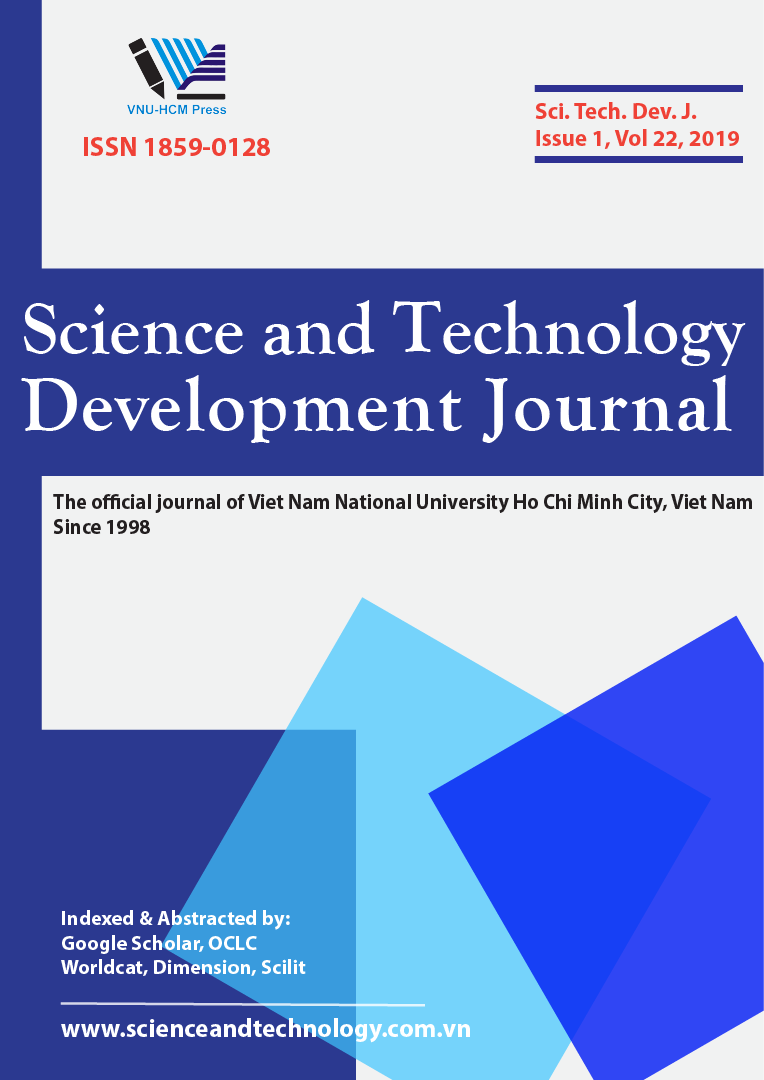Downloads
Abstract
To date, most of the oil and gas production in Cuu Long Basin (CLB) is contributed from structural traps, making them more and more depleted after years of exploitation. Exploration activities in CLB, therefore, are shifting towards other traps, including stratigraphic and/or combination ones. The results of exploration and appraisal activities in recent years have increasingly discovered more hydrocarbons in the Oligocene section; some of them were discovered in combination/ stratigraphic traps. Many studies on Oligocene targets in Southeast CLB have been carried out but only a few mention nonstructural traps. This leads to uncertainty about the forming mechanisms and distribution, as well as unevaluated hydrocarbon potential of these traps. An integrated approach- utilizing methods of seismic sequence stratigraphy, seismic attribute interpretation, and petrophysical/ petrographical analysis- was applied in this research to identify the forming mechanisms of Oligocene combination/ stratigraphic traps in southeast area of CLB and to evaluate their reservoir quality. The research results show that the key forming factor for stratigraphic traps of sand body is lithology change and the one for pinch-out stratigraphic traps is tapering off of sand layers landward or toward the horsts. The reservoir quality of these traps ranges from moderate to good. By integratedly applying the methods, the forming mechanisms and reservoir quality of Oligocene stratigraphic traps could be delineated. In order to optimize the next-stage exploration strategy in CLB, detailed studies on petroleum system, especially top and bottom seals, and the hydrocarbon potential of these stratigraphic traps, need to be carried out.
Â
Issue: Vol 22 No 1 (2019)
Page No.: 185-195
Published: Apr 10, 2019
Section: Sciences of Earth and Environment - Research article
DOI: https://doi.org/10.32508/stdj.v22i1.1216
Download PDF = 1218 times
Total = 1218 times

 Open Access
Open Access 









